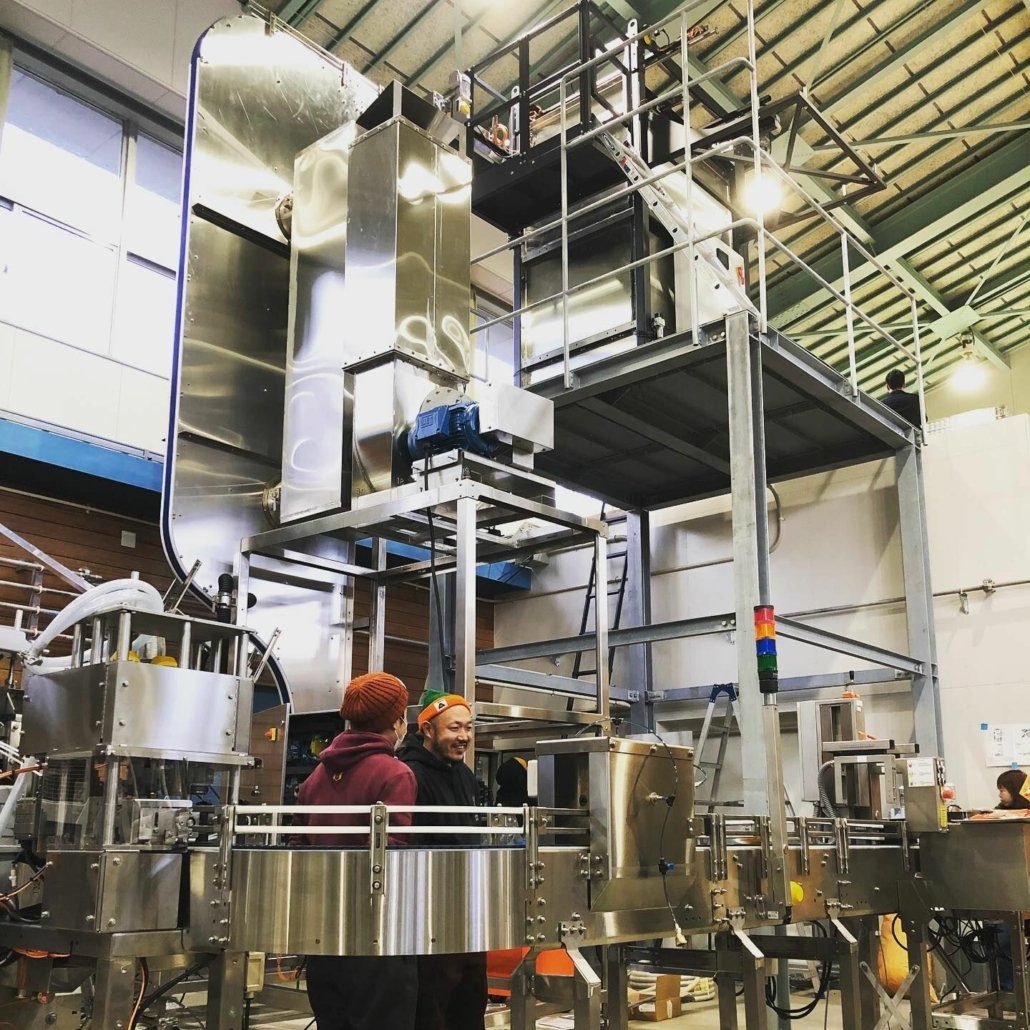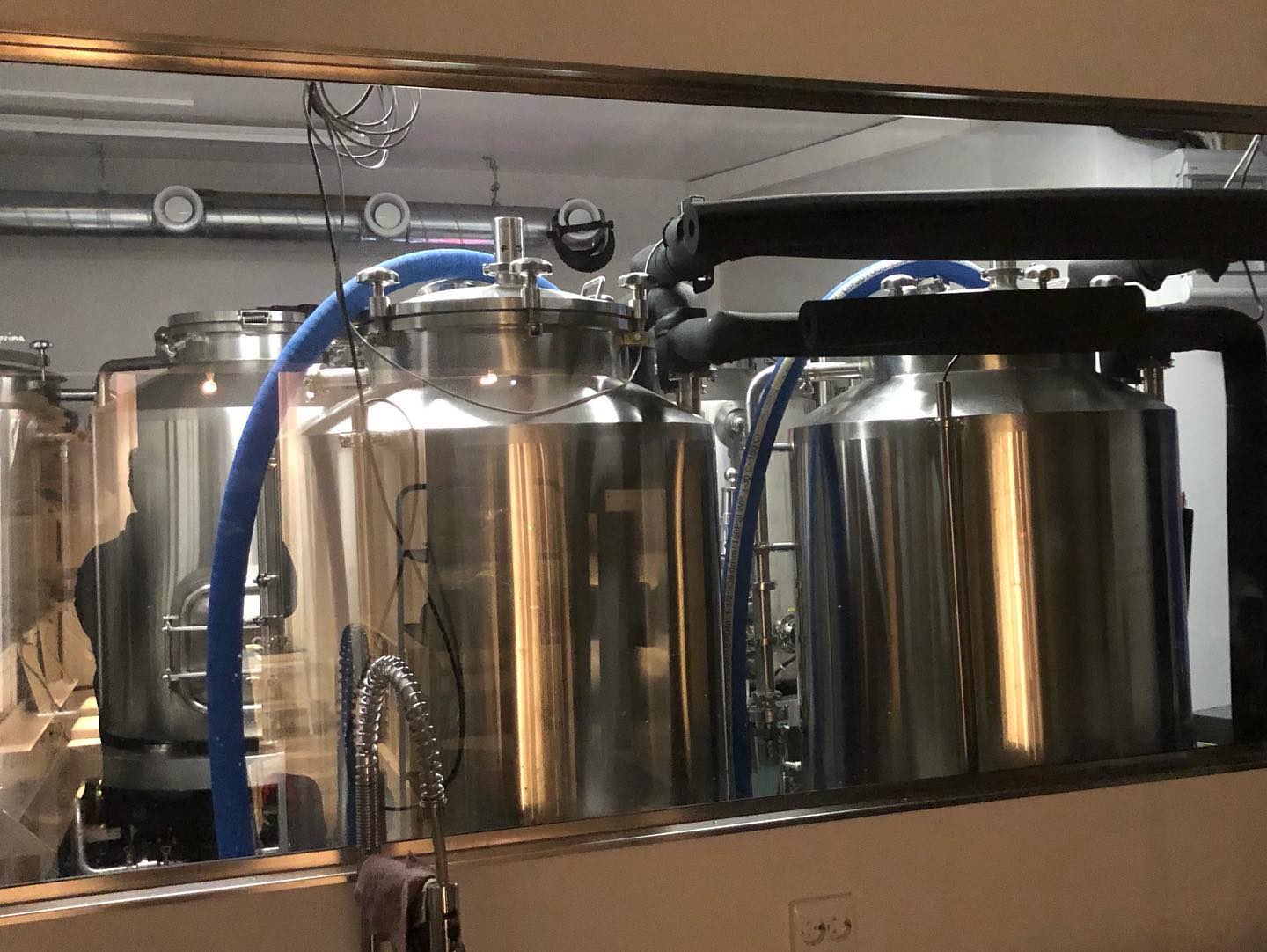Craft Beer Equipment
Overview of Craft Beer Equipment
Craft beer has transformed from a niche hobby into a booming industry with diverse brews, flavors, and brewing methods. For aspiring brewers and seasoned professionals alike, understanding the nuances of craft beer equipment is essential. The right equipment can make or break the brewing experience, directly affecting the quality, efficiency, and scalability of production. This guide covers all aspects of craft beer equipment, from types and costs to setup and maintenance, ensuring you’re well-prepared for every step of the brewing journey.
Craft Beer Equipment Guide
Craft beer brewing requires an array of specialized equipment designed to handle various stages of the brewing process. Each piece of equipment contributes to a step in the process, from mashing to fermenting, clarifying, and packaging. Selecting the right equipment can feel overwhelming, but understanding each component’s function simplifies the task.

Types of Craft Beer Equipment
The following table provides an overview of the essential craft beer equipment and its role in the brewing process.
| Equipment Type | Function | Details |
|---|---|---|
| Mash Tun | Mixes water and malted grains to create mash | Features heating elements for precise temperature control; often insulated |
| Boil Kettle | Boils the mash to sanitize and extract flavors | Includes a heat source and venting; typically stainless steel |
| Fermentation Tank | Allows the beer to ferment and develop flavors | Comes in various sizes, includes temperature regulation, can be pressurized |
| Wort Chiller | Rapidly cools the wort before fermentation | Copper or stainless steel; immersion, plate, or counterflow designs |
| Bright Tank | Clarifies and carbonates the beer | Used after fermentation, ensures clarity and consistency |
| Bottling Line | Packages the beer for distribution | Automated or manual, supports various container types |
| Kegging System | Transfers beer into kegs for storage/distribution | Includes CO₂ system for pressure regulation |
Each piece of equipment plays a critical role in creating a quality craft beer and should be chosen based on scale, budget, and brewing goals.
Craft Beer Brewing Process
Understanding the brewing process gives insight into why specific equipment is necessary. Craft beer production involves the following key steps:
- Mashing: Malted grains are combined with hot water in a mash tun to break down starches into fermentable sugars. This creates a thick, sweet liquid known as wort.
- Boiling: The wort is then transferred to a boil kettle, where hops are added for bitterness, flavor, and aroma. Boiling sterilizes the wort, a crucial step to prevent contamination.
- Cooling: Once boiling is complete, the wort must be rapidly cooled. This is where a wort chiller becomes essential, as it helps prevent unwanted bacterial growth.
- Fermentation: After cooling, the wort is transferred to a fermentation tank, where yeast is added. The yeast ferments the sugars, converting them into alcohol and CO₂ over several days or weeks.
- Clarification and Carbonation: Post-fermentation, the beer goes to a bright tank, where it is clarified, carbonated, and prepared for packaging.
- Packaging: Finally, the beer is transferred to kegs, bottles, or cans. An efficient bottling or kegging system ensures the beer is ready for distribution or storage.
Comparing Craft Beer Equipment: Capacity, Space, Design, Layout, and Customization
Below is a comparison of equipment based on different criteria to help you make informed choices.
| Equipment | Capacity (Barrels) | Space Requirements | Design Features | Layout Considerations | Customization Options |
|---|---|---|---|---|---|
| Mash Tun | 1–30 barrels | Moderate to high | Insulated; heating controls | Must be near water source and boil kettle | Custom sizes, automated stirring |
| Boil Kettle | 1–30 barrels | High | Ventilation, steam control | Positioned close to mash tun | Can add sight glass, custom heating elements |
| Fermentation Tank | 1–50 barrels | High; vertical height needed | Temperature-controlled | Adjacent to cooling equipment | Custom pressure ratings, temperature probes |
| Bright Tank | 1–50 barrels | Moderate | Cooling jacket, carbonation stone | Near bottling or kegging system | Custom sizes, insulated |
| Wort Chiller | Varies | Low | Plate or counterflow design | Easily accessible for cleaning | Custom cooling rate options |
Popular Craft Beer Equipment Suppliers and Price Range
Choosing a reputable supplier ensures quality, longevity, and service. Here is an overview of top suppliers and general price ranges for essential brewing equipment.
| Supplier | Equipment Types | Price Range | Specialty Features |
|---|---|---|---|
| BrewTech | Mash Tuns, Fermentation Tanks, Kegging Systems | $5,000–$50,000 | Customizable, high-quality stainless steel |
| Ss Brewtech | Wort Chillers, Fermenters, Kettles | $500–$10,000 | Known for affordability, homebrew to pro-scale options |
| Spike Brewing | Fermentation Tanks, Bright Tanks | $2,000–$20,000 | Compact designs, efficient space use |
| MoreBeer! Pro | Complete Brewing Systems | $10,000–$60,000 | Integrated solutions for small to medium breweries |
Installation, Operation, and Maintenance of Craft Beer Equipment
| Stage | Tasks | Considerations |
|---|---|---|
| Installation | Setting up tanks, kettles, plumbing, and electrical | Requires adequate space and ventilation |
| Operation | Monitoring temperatures, stirring, transferring wort | Involves hands-on monitoring and troubleshooting |
| Maintenance | Cleaning, sanitation, routine inspections | Regular maintenance essential for longevity and quality control |
Choosing the Right Craft Beer Equipment Supplier
Selecting a supplier involves weighing factors like reputation, cost, and product features. Here’s what to consider:
| Factor | Description | Why It Matters |
|---|---|---|
| Reputation | Established suppliers with positive reviews | Ensures quality and reliable customer service |
| Cost | Balance between budget and equipment quality | Helps maximize investment while managing expenses |
| Product Range | Availability of various equipment types | Simplifies sourcing from a single vendor if possible |
| Customization Options | Ability to modify equipment features | Important for brewers with specific brewing requirements |
| Warranty and Support | Extended warranties and responsive support | Protects against costly repairs and downtime |

Comparing Advantages and Limitations of Craft Beer Equipment Choices
| Equipment | Advantages | Limitations |
|---|---|---|
| Mash Tun | Precise temperature control, robust construction | Large footprint, higher energy use |
| Fermentation Tank | Enhanced flavor control, custom pressure ratings | Expensive; may require dedicated cooling |
| Bright Tank | Clear, carbonated beer; optimized for bottling | Adds extra step; can be costly |
| Wort Chiller | Quick cooling, reduces contamination risk | High initial cost for plate chillers |
FAQs
| Question | Answer |
|---|---|
| What equipment is essential for small-scale craft beer brewing? | At minimum, a mash tun, boil kettle, fermentation tank, and wort chiller are essential for producing quality craft beer on a small scale. |
| How much does it cost to start a small brewery? | Costs range widely, from $50,000 for a very basic setup to $500,000 or more for a small commercial setup, depending on the equipment quality and customization. |
| How often should brewing equipment be cleaned? | Brewing equipment should be cleaned after each use, with deeper sanitization once a week or as needed for high-traffic components. |
| Can I use homebrewing equipment for commercial craft beer production? | Homebrewing equipment can work for very small batches, but scaling up requires industrial-grade equipment for consistency and volume. |
Share this entry
Interested in learning more about Brewing Systems including additional details and pricing information? Please use the form below to contact us!
YOLONG BREWERY EQUIPMENT FAQS
- Commercial Brewery / Craft Brewery / Microbrewery / Nanobrewery
- What is The Difference Between Craft Beer and Industrial Beer?
- The Bespoke Differences In Custom Brewing Systems
- Everything You Need to Know About Kettle Souring
- How to Choose Brewing Equipment for Your business?
- How To Choose The-Best Partner To Build Your Commercial Microbrewing System?
- Two Detection Sensors That You Need To Use In Your Brewhouse System
- Remote Control Applications in Brewing Equipment/How does it work?
- How To Clean Your Brand New Brewery Tanks?

